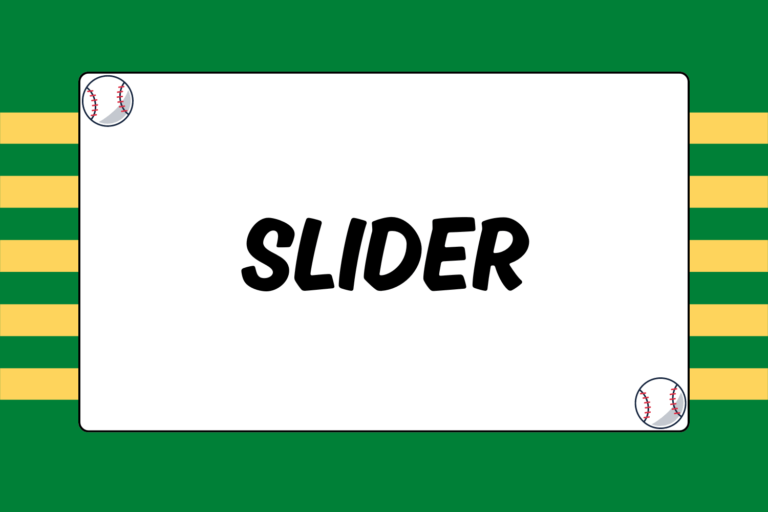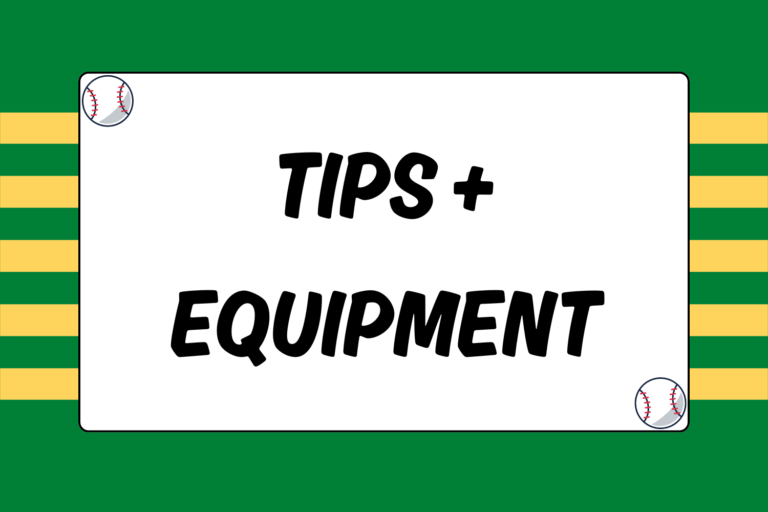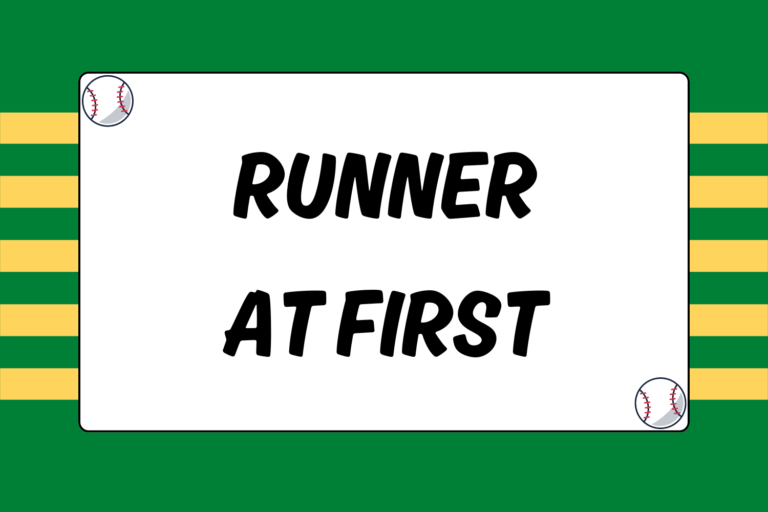Developing strong fundamentals is an important key to success for young baseball players. This is true at every position, but particularly for pitchers. Some youngsters have success early on simply because they can throw hard. Others dominate without strong fundamentals because of their natural gifts, athleticism, or remarkable “stuff.” However, the vast majority of pitchers excel by learning the proper mechanics.
No matter the player’s experience level, you only need to watch a few innings of a game to notice that every pitcher’s delivery is different. Ultimately, you settle into a style that suits your body and personal strengths. For the most part, there is no “wrong” pitching technique. However, every good pitcher has a general concept of the proper mechanics, no matter how unorthodox their throwing motion.
Basic Pitching Mechanics from the Wind Up
Before you dive into the step-by-step analysis of basic mechanics, there are three aspects of the pitching delivery that are particularly important:
- Maintaining balance
- Using your eyes to locate your target
- Following through
All effective pitchers can attribute much of their success to their ability to stay balanced throughout their pitching motions, use their eyes to guide the baseball to a target, and finish every pitch with a good follow through. If you’re really serious about improving, you may want to consider a personal pitching coach for one-on-one instruction.
Hot Tip: Balanced up Top
You never want to actually stop your motion while in the process of delivering a pitch. However, your goal is to remain balanced enough that you could stop your motion with your front leg raised and stand balanced on your back leg without falling over. Train yourself to maintain control of your body throughout your delivery.
Step 1: Starting Position
Start in a balanced, athletic position with your body facing home plate, your feet approximately hip-width apart, your heels on the pitching rubber, your toes on the dirt, and both your throwing hand and the baseball in your glove.
Step 2: Start Your Motion
Take the sign from the catcher and find your grip on the baseball. Pick up the target with your eyes and visualize the path of the pitch. Then start your motion by taking a short “rocker” step backwards with your glove-side foot.
Step 3: Pivot Your Body
Pivot your throwing-side foot sideways so it’s positioned just along the inside of the rubber. As you do this, turn your body so your glove-side shoulder points towards home plate.
Step 4: Balance Position
In a continuous motion, raise your glove and throwing hand up to your chest, bring your glove-side leg around, and lift your knee up to approximately waist level (or higher, if it’s more comfortable).
Keep your back straight and your body compact. This is the balance position, and it’s vital that you control your balance at this point.
Step 5: Get Extension
Take the ball out of your glove with your thumb pointed downward. Point your glove and your glove-side elbow towards the target. At this position, your arms and torso should form a T, in what is called “getting extension.”
As you get extension, bring your front leg down and point your foot towards home plate. Then push off the rubber with your back leg, and once again pick up the target with your eyes.
Step 6: Release Point
Ideally, you want to land with your front and back legs making a straight line towards the target. As you land with your front toe pointed forward, bring your throwing elbow up over your shoulder, and drive your glove and your glove-side elbow back into your hip.
Then rotate your torso towards home plate, and release the pitch with your fingers on top of the ball and all your body’s momentum driving the pitch forward.
Step 7: Follow Through
As you release the ball, snap your wrist downward. Even after the ball leaves your hand, continue your motion by bringing your throwing arm all the way down to your opposite knee.
As you complete your follow through, swing your back leg around (your body should do this naturally) so that you are once again facing home plate. Then get yourself into a ready fielding position.
It Starts with Mechanics
Nearly every pitcher uses some variation of these basic mechanics. Once you’ve practiced this motion enough that it becomes routine, you can focus on tweaking your release point in order to better control the pitch.
Developing good command is a difficult skill that requires a lot of practice, and some young pitchers never quite learn the foundational steps. It’s also important to know that few pitchers ever truly master their mechanics. Even the pros go through bouts of frustration and inconsistency. So be patient, accept coaching, and trust your own abilities. You might even find, as many hurlers have, that pitching is the most fun part of baseball.





